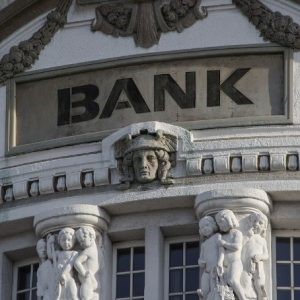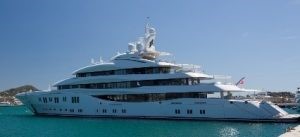Investigation into the Troika Laundromat
Publication date 24-04-2019
Last week, the investigation collective OCCRP (Organized Crime and Corruption Project), in collaboration with, among others, Trouw, Investico platform for investigative journalism and De Groene Amsterdammer published the Troika laundromat. This Troika laundromat seems to have similar characteristics as the Russian and Azerbaijani laundromat which have been previously published.

The Troika Laundromat was discovered on the basis of leaked data from two Lithuanian banks (Snoras AB and Ukio Bankas) that have since closed. According to the OCCRP, the Russian Troika bank gave instructions for the creation of a network of companies, mostly in tax havens. These companies used the Lithuanian banks referred to above for their financial transactions between 2006 and 2013. Through these transactions Russian (criminal) money was most likely pumped around the money laundering apparatus and eventually ended up via various European banks in companies in various countries, including the Netherlands.
The AMLC was approached by Dutch journalists prior to publication to indicate anonymised parts of the structure. The phenomenon of these money laundering structures, in which criminal funds are transferred and circulated via various legal entities in order to end up at Dutch companies and other companies or via Dutch bank accounts for purchases/investments, is well known. In these 'laundromats' we recognise three phases:
- the criminal or fraudulent obtaining of money or property;
- the concealment, whereby a lot of money is pumped around on a large scale using legal entities and bank accounts in different countries;
- the spending or use of these funds.
The press publications mention four links to the Netherlands:
- A former division of ABN AMRO (now Royal Bank of Scotland) is mentioned as an intermediary for other banks within the money laundering apparatus.

- Shipbuilder Heesen from Oss received 43 million euros from money laundering companies for the construction of two yachts for a Russian senator.
- Money from Lithuanian banks goes from the money laundering apparatus to bank accounts with ATB and Garantibank in the Netherlands.
- A number of companies had bank accounts within the money laundering apparatus at an ING branch in Russia.
Since last week AMLC, in cooperation with other partners, has been looking at the extent to which the information available to FIOD is relevant to individual investigations or to the larger phenomenon of money laundering (via laundromats). If you notice any similar practices or structures or other specific leads, please contact the AMLC.
Publication date 2019-03-14
